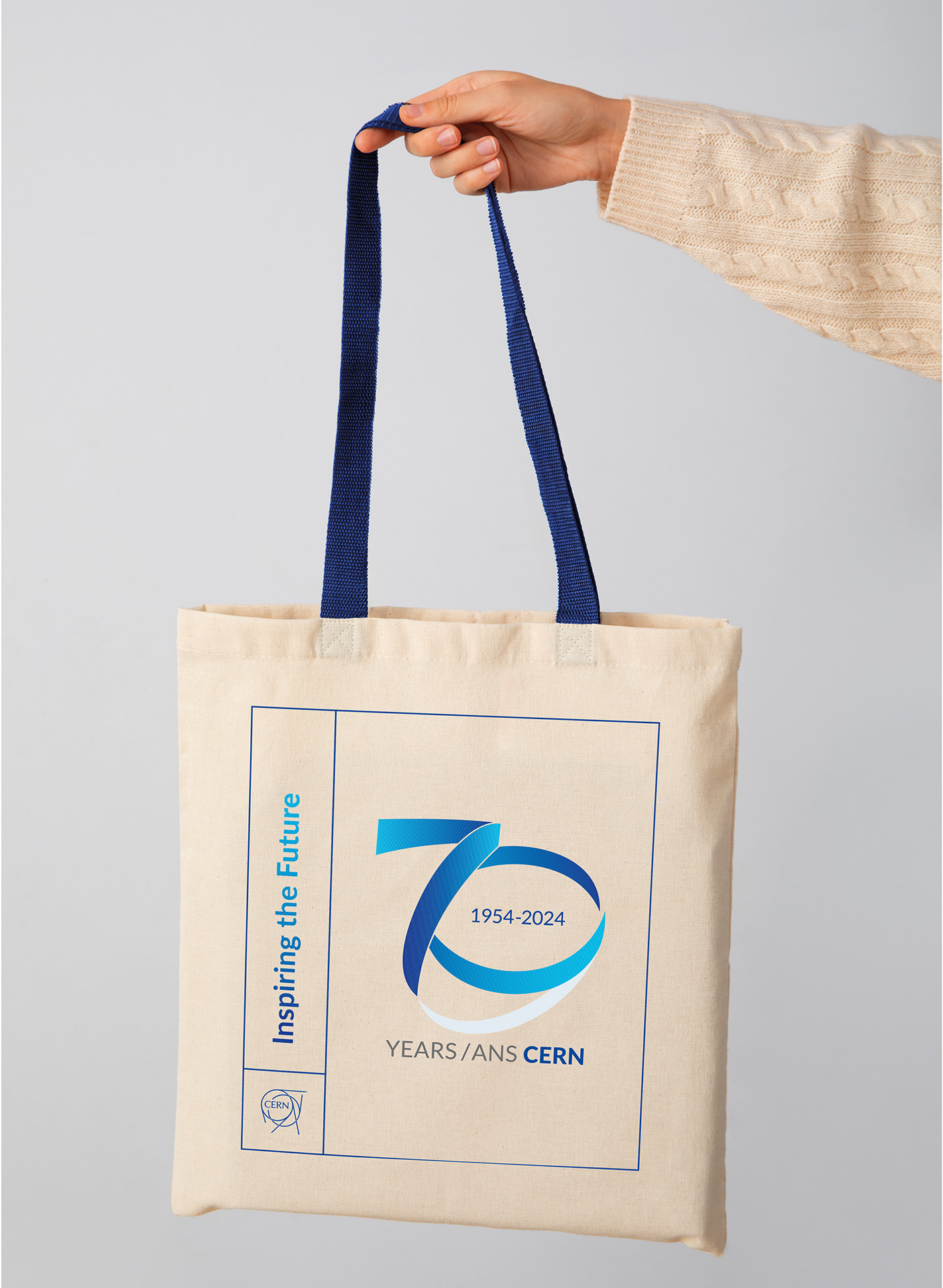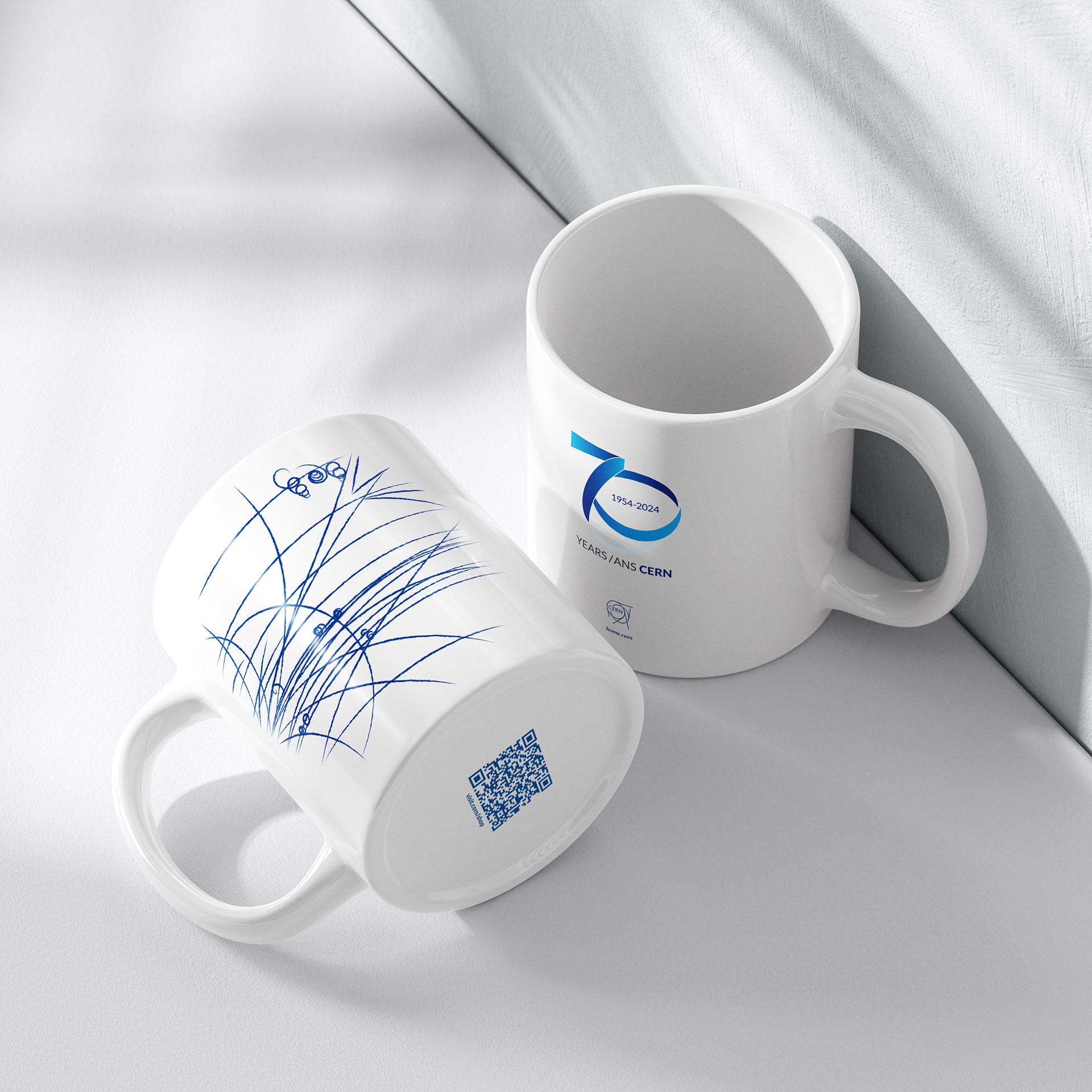Illustration above is available in high resolution here.
Illustrations are available in four different languages (French, German, Spanish or English) on our CDS Graphics section
For the use of this section material, follow the terms of Use for CERN Audiovisual Media
 |
 |
 |
 |
